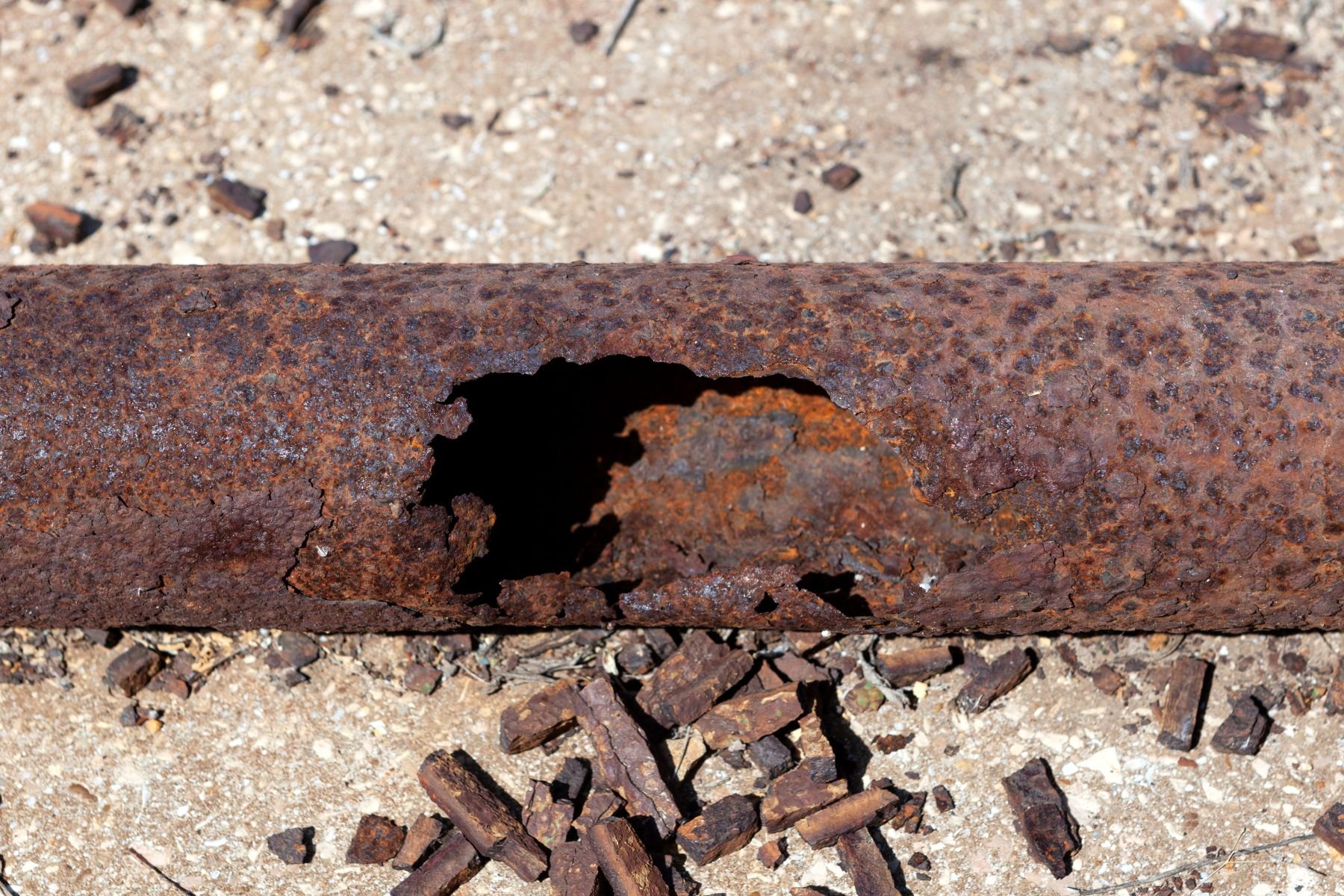2 min read
Check It Off Your List: Avoid Elevated Corrosion Rates with Comprehensive Pipe Support Inspections
 David Futch, PE
8/4/23 11:13 AM
David Futch, PE
8/4/23 11:13 AM

Even the smallest of features can eventually lead to harmful failures that can cause serious damage to assets and their surrounding environments. This quick succession of worst-case scenario events is becoming more of a threat as our vintage pipeline infrastructure ages past its original intended lifetime. While there are numerous features to inspect, check now to confirm that your inspection plan includes proper procedures for corrosion under pipe supports (CUPS).
As one of the leading causes of pipeline failures, corrosion incidents can be premier case studies for the implications of an ignored and inadequate integrity management plan.
As one of the leading causes of pipeline failures, corrosion incidents can be premier case studies for the implications of an ignored and inadequate integrity management plan. Adequate prevention measures—taken at the right time using the right method—are key to identifying and remediating corrosion features before they become serious risks, including for CUPS features.
CUPS is especially pervasive in coastal areas, where humidity and water are predominant issues. The shared surface area from metal-to-metal contact between the pipe and the support can trap water and cause damage to the pipelines. Water entrapment will cause the coating systems to fail, and the corrosion will start degrading the pipe material until advanced crevice corrosion occurs. Houston, where locals are all too familiar with the pervasive humidity and rain, is a prime location for the threat of corrosion, if not properly managed.
Proper management includes regularly inspected pipeline supports. Federal regulations mandate regular inspections at set intervals for pipe supports. According to CFR §195.583, “You must give particular attention to pipe at soil-to-air interfaces, under thermal insulation, under disbanded coatings, at pipe supports, in splash zones, at deck penetrations, and in spans over water.”
According to the code of regulations, this inspection should occur “At least once every 3 calendar years, but with intervals not exceeding 39 months” for onshore pipelines. This regular interval should not be overlooked or extended. Otherwise, operators may face hefty fines and large-scale failures.
According to the code of regulations, this inspection should occur “At least once every 3 calendar years, but with intervals not exceeding 39 months” for onshore pipelines.
Due to the difficult location of this corrosion, it may be complicated to correctly perform these inspections. Lifting and inspecting without proper equipment is not an option, as it poses a substantial risk to the rest of the pipeline. Moreover, the location of the corrosion may mean that the extent of the degradation may not be visible without more advanced inspection procedures.
If your integrity management plan does not already include regular 3-year inspections for corrosion at pipe supports, ADV Integrity recommends revising the plan immediately. Choose inspection procedures that appropriately account for the specific risk and dangers associated with corrosion under pipe supports. For guidance on the next steps, contact ADV Integrity to develop the proper approach to fit-for-purpose inspections. Immediate action could save operators from encountering expensive and damaging failures down the road.
Originally published on March 25, 2022

